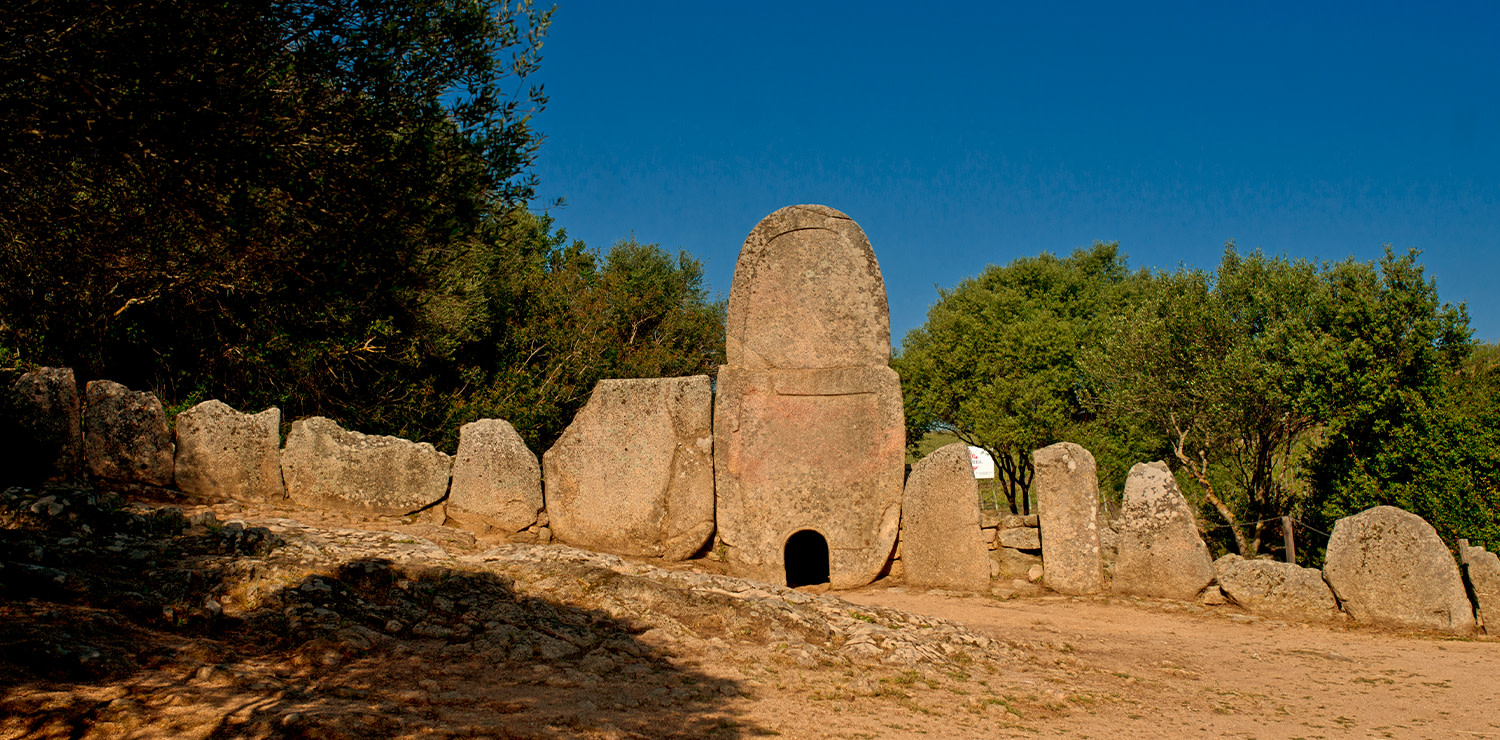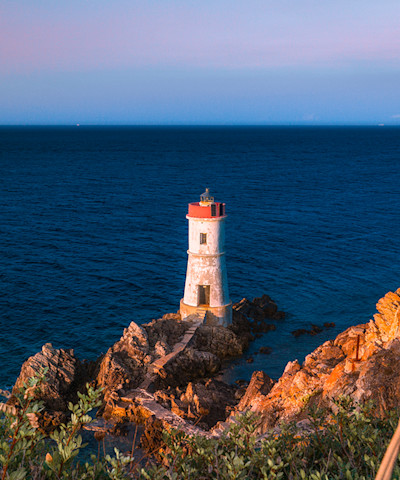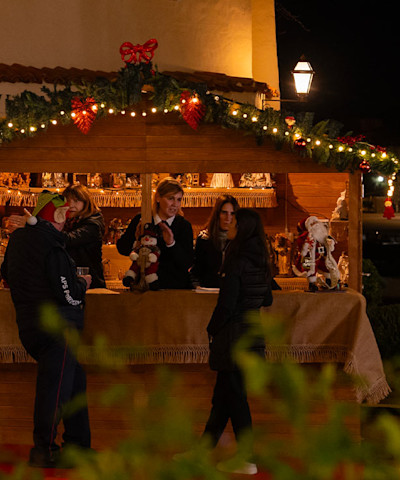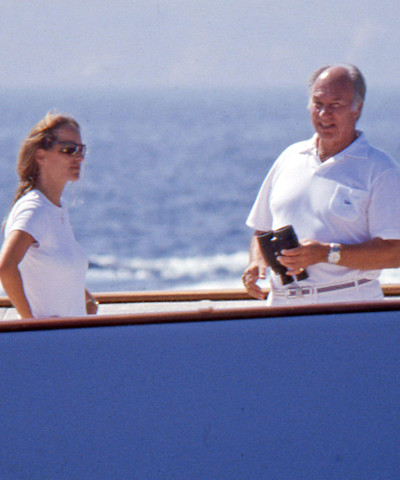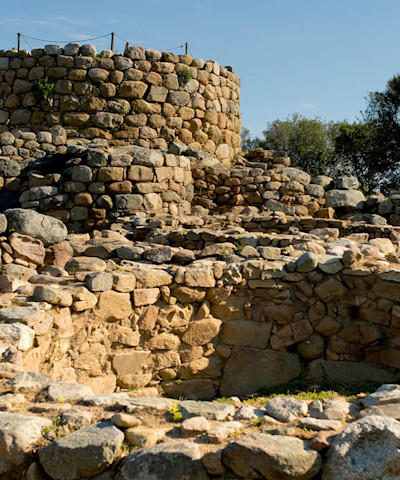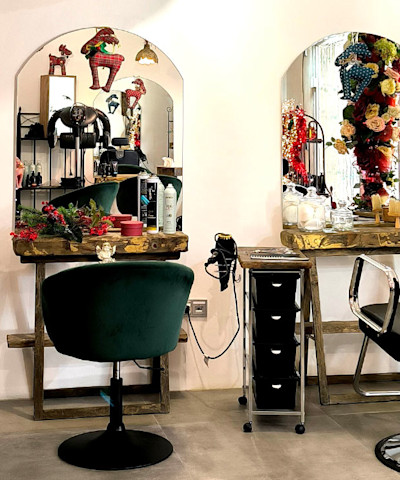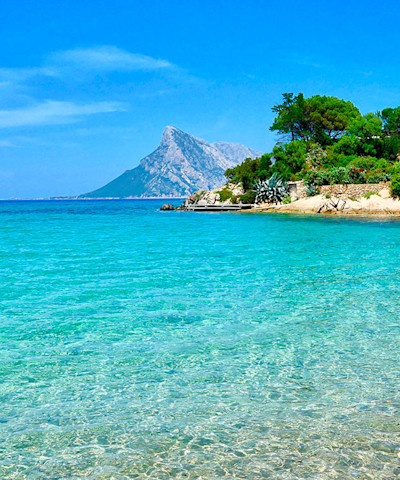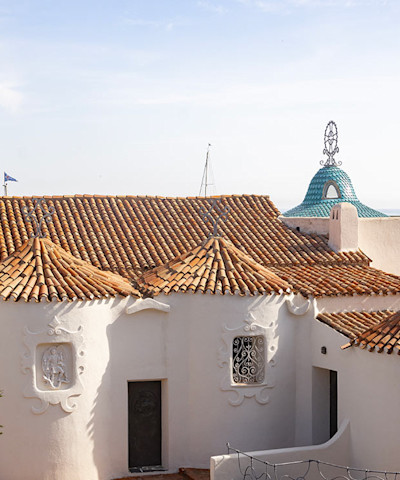Archaeological sites to see near Porto Cervo
Unique treasures telling stories of ancient civilisations and vanished cultures
For history and archaeology enthusiasts, Porto Cervo offers a fascinating itinerary that allows you to explore the remains of ancient settlements and immerse yourself in the rich fascination of its remote past. A unique opportunity to rediscover the history of a place that, with its unparalleled beauty, also recounts the millenary tradition of a mysterious and fascinating Sardinia. Here is a guide to discover some of the most evocative archaeological sites in and around Porto Cervo.
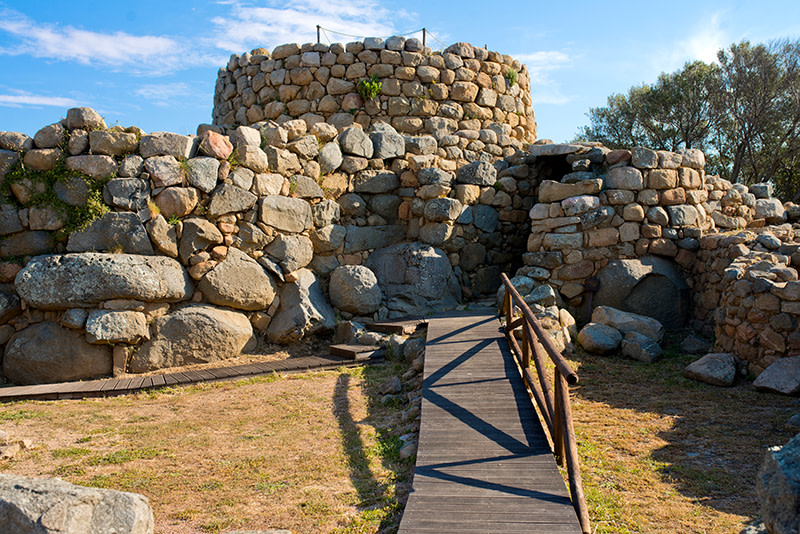 Parco archeologico Arzachena (ph. Dario Garofalo)
Parco archeologico Arzachena (ph. Dario Garofalo)Nuraghe Albucciu complex, the nuraghe among the olive trees
The ideal starting point for a trip to discover the ancient history of Porto Cervo is the Albucciu Nuraghe. Nestled in a landscape characterised by vineyards and pasture fields, and located only two and a half kilometres from the centre of Arzachena, this nuraghe represents one of the most significant and fascinating examples of ‘corridor’ buildings, also known as protonuraghi. These buildings, considered to be the ancestors of the nuraghi, have truncated-ogival roofs that already show the influence of later construction techniques, such as the tholos construction. It dates back to the Middle Bronze Age (15th century B.C.) and is hidden among groves of wild olive trees and typical Mediterranean scrub. One of the distinguishing features of the Albucciu Nuraghe is its construction technique: the massive granite blocks were placed with great precision, juxtaposing a large light-coloured granite rock that forms a fundamental part of the masonry of the main building and the entire complex. Among the most significant artefacts found at the site are a gammata hilt dagger, a bidder's statuette and a bronze hoard, which allow us to date the nuraghe between the end of the Middle Bronze and the Iron Age, approximately between 1400 and 650 BC. The archaeological area includes not only the nuraghe, but also the remains of circular huts and, 80 metres from the complex, the Tomb of the Giants, known as the Tomba Moro. Not far from the site is also the small nuragic temple of Malchittu, another extraordinary example of ancient architecture that further enriches the area's archaeological heritage.
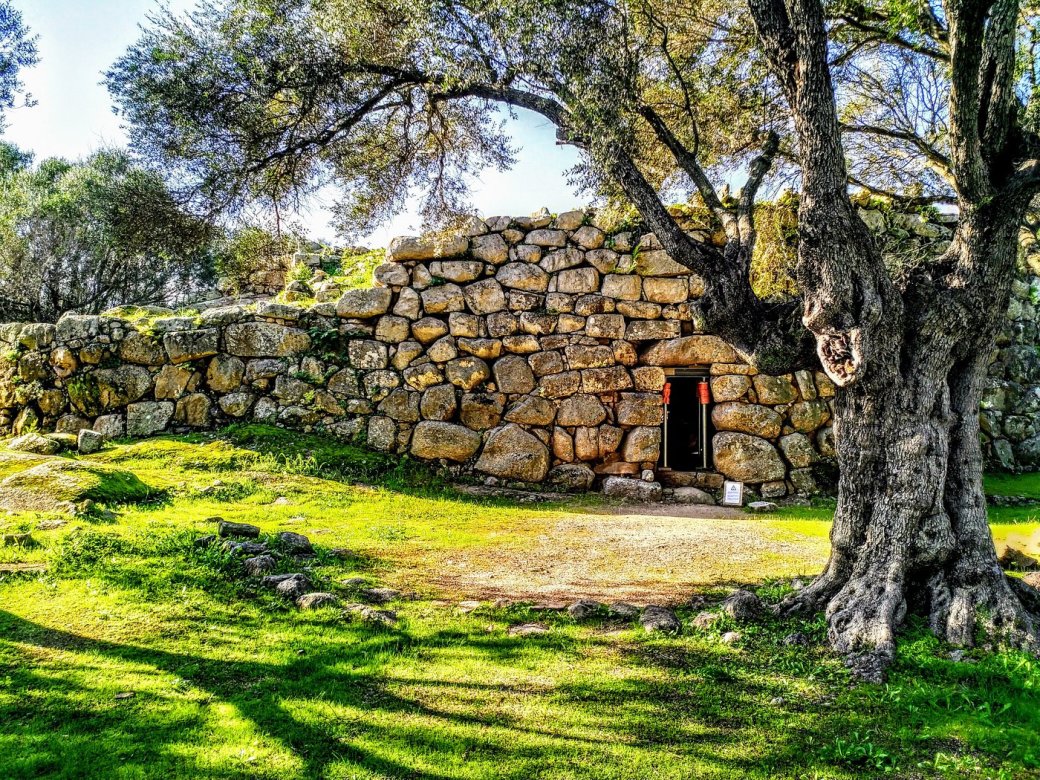 Complesso di Nuraghe Albucciu
Complesso di Nuraghe AlbucciuThe archaeological site of Coddu ‘Ecchju’, the oldest tomb in Gallura
Just 6 km from the picturesque village of Arzachena, near the Nuraghe di Prisgiona, lies the archaeological site of Coddu ‘Ecchju’, an ancient collective tomb dating back to the Bronze Age. This gallery tomb, built between the 21st and 19th centuries B.C., is one of the most fascinating testimonies to the ancient burial rituals of prehistoric Sardinia. Later, the exedra, a ceremonial area located at the front of the structure, was added. The front of the tomb consists of a series of stelae aligned and driven into the ground, with an imposing stele in the centre, about 4 metres high, adorned with a relief frame. At the base of this slab is an opening used to deposit offerings for the deceased, a gesture that reflects the sacredness of the place. The funerary corridor, over 10 metres long, is protected by a large earthen mound. Within this space the bodies of the deceased were placed, without distinction of gender, age or social position, evidence of a community that welcomed its members universally into the afterlife.
La Prisgiona complex, one of the most important examples of Nuragic funerary architecture
Not far from the archaeological site of Coddu Ecchju is the most important archaeological site in Gallura: the Prisgiona complex. The site consists of the Nuraghe, around which the village of huts was built. The complex was built from the 14th century BC and is thought to have remained active until the 8th century BC. The Nuraghe, a two-storey tower, is elevated above the rest of the buildings, indicating its political and social importance. The walls, built using the ‘false dome’ technique (in which stones of increasingly smaller diameter are stacked), have the typical ogival shape of nuraghi. Thanks to the objects found inside, it is understood that the structure was used as a storehouse, but mainly for the preparation of food and drink. There is a courtyard, in which the meeting hut is located, in which numerous ritual objects have been found, including askoid jugs. The presence of a well, eight metres deep and still functioning today, suggests that the Nuraghe also served as a water supply. The surrounding village covers an area of four hectares. Excavations have uncovered circular huts, grouped in blocks, crossed by small paved streets. The objects and biological finds discovered in the village testify to an agro-pastoral lifestyle, typical of this period.
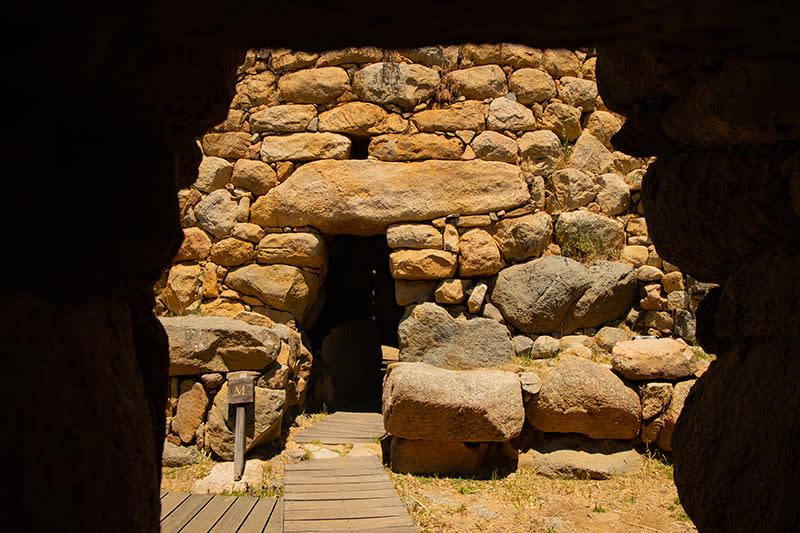 La Prisgiona
La PrisgionaNuragic Necropolis of Li Muri, the aristocratic tomb
Continuing along the archaeological trail, we come to the Li Muri Necropolis, an extraordinarily important site with numerous tombs dating back to the Bronze Age. Located about one kilometre from the famous Li Lolghi Tomb of the Giants and not far from the village of Luogosanto (click here to find out what to do and see in Luogosanto), Li Muri represents the oldest site in the archaeological park, with a history stretching back some 6000 years. The burial circles of Li Muri are among the oldest testimonies of Western European megalithism and find analogies in other areas of the Mediterranean, such as southern Corsica, Catalonia and the French Midi. In Sardinia, however, this type of tomb is found almost exclusively in Gallura, particularly in the area of Arzachena. The necropolis of Li Muri consists of four burial circles, all arranged tangentially to each other, with diameters ranging from 5 to 8.5 metres. Within each burial circle, there is a rectangular lithic chest, which contained one or at most two bodies, arranged in a crouched position. The bottom of the grave and the bodies themselves were sprinkled with red ochre, a symbol of regeneration and rebirth, a custom that characterised many megalithic burials of the period. The deceased were accompanied by a trousseau of valuables, such as necklaces and flint blades, suggesting that people of importance in society were buried at Li Muri. Completing the scene, outside the burial circles, are the mehirs, large standing stones that probably represented deities or religious symbols, offering a clue to understanding the belief system of these ancient peoples.
A finding of coins from the 4th century AD
In November 2023, a valuable deposit of follis dating back to the first half of the 4th century AD was discovered in the seas around Arzachena. During a private underwater dive, several metal pieces were found, promptly recovered by the underwater archaeological unit of the Archaeological Superintendency. Due to the total weight of the find, experts estimated the number of large bronze coins to be between 30,000 and 50,000. These coins, dating from between 324 and 340 A.D., have been dated due to the presence of the effigy of Constantine the Great, thus confirming the historical period of the find.




